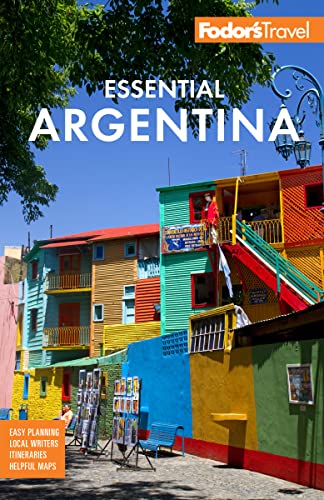Tren a las Nubes
With a bird's-eye view of its passage over the 64-meter-high (210-foot-high) Viaducto La Polvorilla, the Tren a las Nubes (Train to the Clouds) is probably the Northwest's most famous attraction. This train ride takes you on a 16-hour journey to the high, desolate Puna and back.
The trip begins at 1,322 meters (4,336 feet) as the train climbs out of the Lerma Valley from Salta into the mountains. It rattles over steel bridges that span wild rivers, winding through many turns and tunnels to reach the 4,197-meter (13,770-foot) high viaduct just beyond San Antonio de los Cobres, the only town of any size in the Puna. Here, you can disembark to bargain with locals selling textiles and ceramics next to the railway line.
The 217-km (135-mile) round trip takes in 29 bridges, 21 tunnels, 13 viaducts, and a couple of hairpin bends and spirals, all of which are interpreted by the bilingual guides on board. Medical assistants ride with you to help with altitude sickness, while an ambulance follows the train’s tracks. Stop in at the dining car; breakfast and an afternoon snack are included in the fare.
When to Go
The heavy rains of summer mean the train stops running completely from the end of November through March, and in winter those that mind the cold might want to think twice about committing to 16 hours’ travel in the mountains. On August 1, the Festival of the Pachamama is celebrated in San Antonio de los Cobres.
What's out the Window
The infrastructure alone makes this trip incredible, as the rack-and-pinionless train uses all the tricks in the book to gain altitude while avoiding steep grades. The Tren a las Nubes isn't just for railway enthusiasts, though: an ethereal landscape offers view after spectacular view as the train twists and turns along the route. When it runs parallel with a road or passes through one of the infrequent villages, there are people to wave to. In San Antonio de los Cobres and on the lookout point at Viaducto La Polvorilla, locals gather round the train for a chat—and to sell handicrafts and trinkets. The guides in each carriage provide lots of information for each stage of the journey, backed up by videos; when there’s nothing more to be seen out the window, or once the sun’s gone down on the return journey, they screen movies.
San Antonio de los Cobres
San Antonio, the highest town in Argentina, is as slow-moving as many of the country’s small rural communities; it's also heavily battered by sun and wind, and there is little oxygen in the air. Essential accessories for visitors are sunscreen, extra clothes for warmth, and coca leaves—they're chewed as an aide to digestion (which helps with altitude sickness). All that saliva production promotes swallowing, too, which will pop your ears.
Only in the past couple of years have there been any lodging options: the basic Hostal del Cielo (Belgrano at Comandante Goulu 387/490–9912 www.vivirenloscobres.com.ar) and the smarter Hosteria de las Nubes (RN51 s/n 387/490–9059 www.hoteldelasnubes.com) are the best right now. Renting a room in someone's house is an option, too. A small ethnographic and archaeological museum, ANTAPU, fills in some detail on the town's background, but it's still very new and needs more work. The main business is making artesanías—handmade goods that can be sold to tourists.
Reservations
Reservations can be made at many agencies in Salta or with Les Amis (Cerrito 844 0810/345–3030 www.lesamisviajes.com) in Buenos Aires and cost 1,300 pesos. Salta Station, Ameghino and Balcarce 0800/888–6823 www.trenalasnubes.com.ar.
Extending your trip
Though you can buy only return tickets, there's nothing to stop you getting off in San Antonio and continuing north to the salinas (salt flats) and on to Purmamarca in Jujuy. There's no public transport; for the right price, however, drivers will take you in their own cars. Going south to Cachi isn't as easy; the road is narrow and dangerous. Make sure to tell the gendarmeria (border guards) in San Antonio if you're going to attempt this route.




